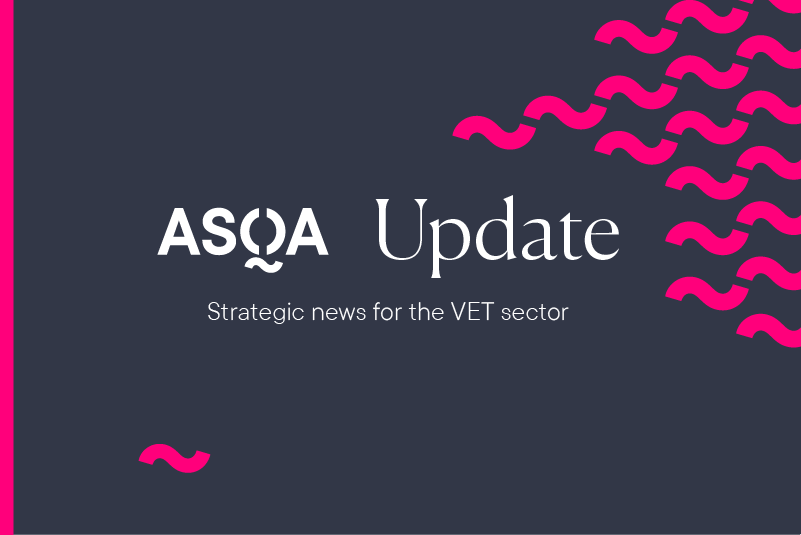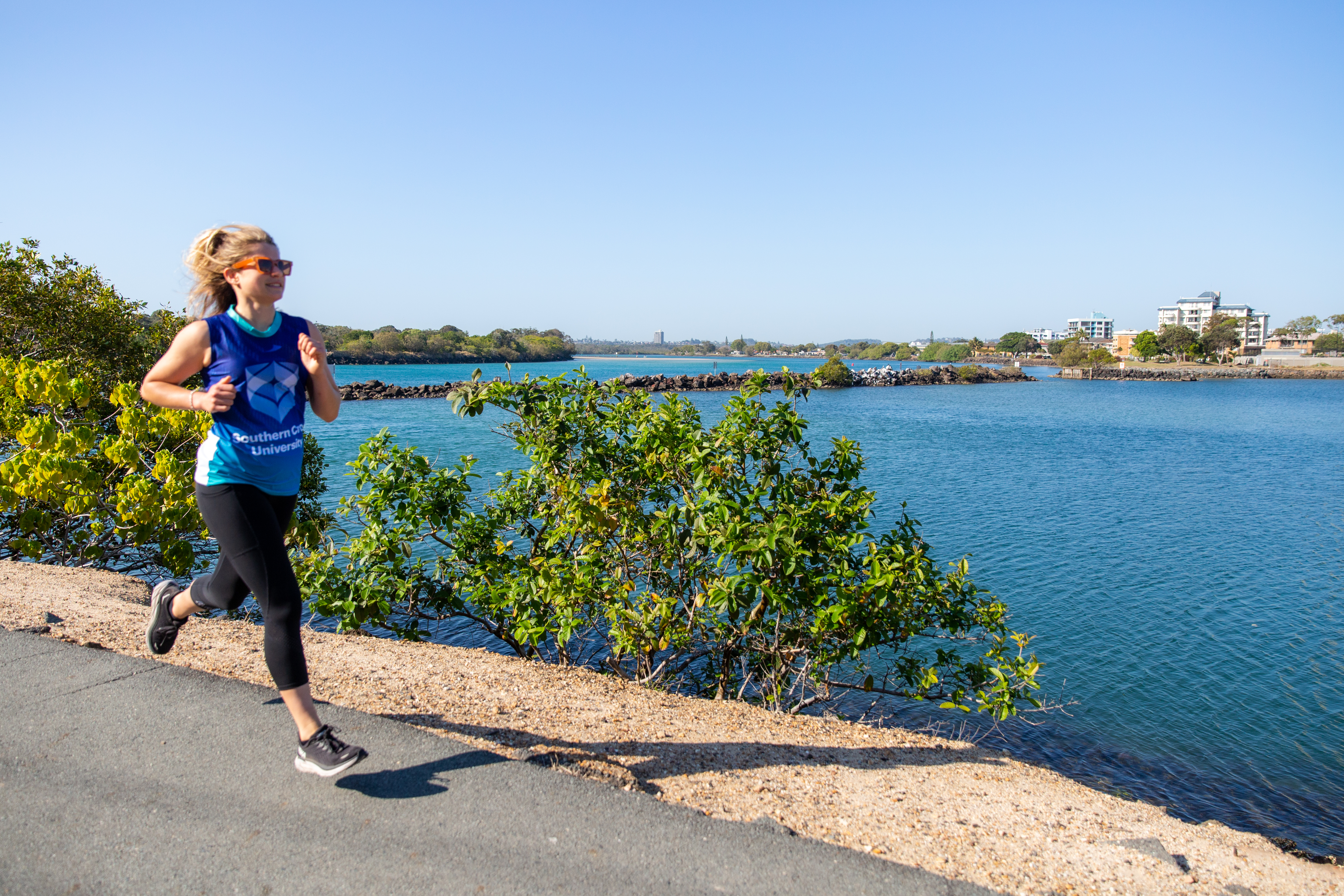The seven-day rolling average of patients with COVID in Victorian hospitals is 121, a decrease of 11 per cent from last week. There are currently 128 COVID patients in Victorian hospitals.
There are currently 3 COVID patients in intensive care. There is 1 cleared case in ICU. There are no COVID patients on a ventilator. The seven-day rolling average of patients in intensive care in Victorian hospitals is 6. In the past three months, 3,347 COVID patients were hospitalised in Victoria.
Of Victorians aged 18 and over, 19 per cent have recorded a vaccination or COVID diagnosis in the past six months. This means 4.2 million Victorians are eligible for a 2023 booster dose.
Of Victorians aged 65 and over, 50 per cent have recorded a vaccination or COVID diagnosis in the past six months. The remaining 50 per cent are recommended to receive a COVID vaccine whenever possible. Of Victorians aged 50 to 64, almost 22 per cent have recorded a vaccination or COVID diagnosis in the past six months.
A total of 45 COVID-related deaths were reported to the department in the past week. An average of 6 deaths were reported each day in the past week. The total number of reported COVID-related deaths in Victoria since the pandemic began is 8,234.
Epidemiological summary
COVID hospital admissions continued to decrease this week, with the level of COVID wastewater detections also at relatively lower levels. This indicates a sustained reduction in the number of infections in Victoria.
Transmissions continue to be driven by multiple Omicron recombinant XBB sublineages, accounting for 76 per cent of circulating variants from wastewater surveillance. This includes XBB.1.16 (26 per cent), XBB.1.5 (4 per cent), XBB.1.9 (18 per cent), and other mixed XBB sublineages (27 per cent). Other variants include CH.1.1 (7 per cent).
The department continues to monitor trends through Victoria’s comprehensive surveillance system, which includes analysis of hospitalised COVID-19 cases, mortality, wastewater surveillance, PCR results and range of other state and national surveillance systems.
Steps to protect yourself and others
Protecting yourself from getting infected is the best way to protect yourself and the community. If you don’t get COVID, you can’t spread COVID.
These six steps can help you stay ahead of COVID:
- Wear a mask: a high-quality and well-fitted mask can protect you and others from the virus.
- Get your 2023 booster: new bivalent vaccines targeting Omicron variants are available at your GP or local pharmacy. To find out if you’re eligible for your next booster, visit the Coronavirus websiteExternal Link. Flu vaccines are also now available.
- Let fresh air in: open windows and doors when you can – it reduces the spread of the virus.
- Get tested: if you have symptoms, take a rapid antigen test.
- Stay at home: if you have COVID, you should stay at home for at least five days and until you have no symptoms.
- Talk to your doctor: if you are at risk of falling very sick, you may be eligible for COVID and influenza medicines – and early testing and diagnosis are important. With expanded criteria, more people are now eligible for COVID medicines.
RATs available through local councils
All Victorians are eligible to pick up two free packets of rapid antigen tests (RATs) through their local council.
The council RAT distribution program is currently operating across more than 400 local sites, such as libraries and council customer service centres. The program is open to all Victorians, with all eligibility requirements now removed.
Individuals can collect up to two packets for themselves plus up to two packets for each household member per visit, while people with a disability or their carer can collect up to four packets of tests.
Testing, especially with any compatible COVID symptoms, is critical to help with early detection and to protect others. It also allows for appropriate care and timely treatment.








